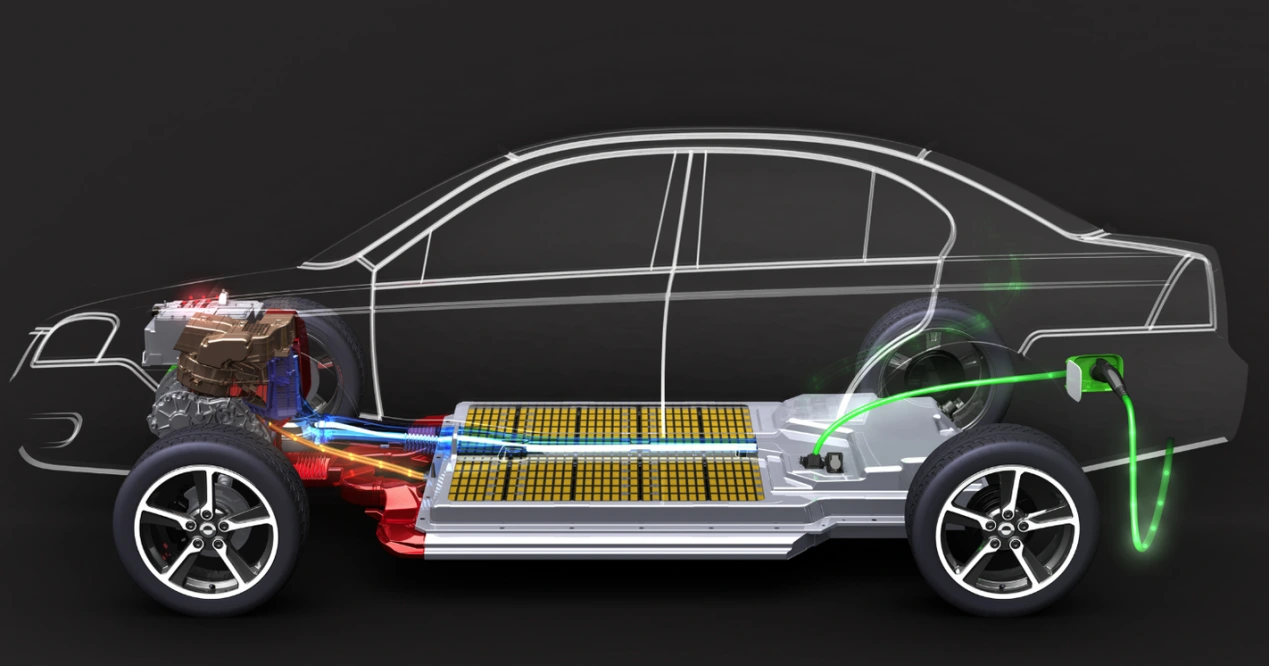Mechanical injury hazards pose a significant risk in various industries, jeopardizing the safety and well-being of workers. Understanding the different types of mechanical injury hazards is crucial for implementing effective preventive measures. In this blog post, we will delve into the depths of this topic, exploring the common types of mechanical injury hazards and providing valuable insights to ensure workplace safety.
- Impact Hazards:
One of the most prevalent types of mechanical injury hazards is impact hazards. These hazards occur when a moving object collides with a person or an object, resulting in physical harm. Examples include falling objects, flying debris, or moving machinery parts. Employers must prioritize the implementation of protective measures such as safety barriers, personal protective equipment (PPE), and regular equipment maintenance to mitigate the risks associated with impact hazards. - Pinch and Crush Hazards:
Pinch and crush hazards involve the compression or entrapment of body parts or objects between two surfaces, often causing severe injuries. Machinery with rotating parts, heavy equipment, or even closing doors can pose pinch and crush hazards. Employers should focus on engineering controls, such as machine guarding, safety interlocks, and employee training, to prevent these types of injuries. - Cutting and Shearing Hazards:
Cutting and shearing hazards involve sharp-edged objects or tools that can cause lacerations or amputations. Examples include saws, knives, or guillotine-like machinery. Employers must ensure the provision of appropriate PPE, regular maintenance of cutting tools, and comprehensive training programs to minimize the risks associated with cutting and shearing hazards. - Friction and Abrasion Hazards:
Friction and abrasion hazards occur when a body part or clothing comes into contact with a rough or abrasive surface, leading to skin abrasions, burns, or irritation. Industries involving conveyor belts, grinding machines, or abrasive materials are particularly prone to these hazards. Employers should prioritize the use of protective clothing, regular equipment inspections, and employee training to prevent friction and abrasion injuries. - Vibration Hazards:
Vibration hazards can result in long-term health issues, such as musculoskeletal disorders and nerve damage. Workers exposed to vibrating tools or machinery for extended periods are at risk. Employers should implement measures like vibration-damping gloves, regular equipment maintenance, and job rotation to minimize the adverse effects of vibration hazards.
Conclusion:
Mechanical injury hazards encompass a wide range of risks that can significantly impact the safety and well-being of workers. By understanding the common types of mechanical injury hazards, employers can take proactive steps to mitigate these risks. Implementing appropriate engineering controls, providing comprehensive training programs, and ensuring regular equipment maintenance are essential for creating a safe working environment. By prioritizing workplace safety, we can protect workers from the hidden dangers of mechanical injury hazards.


